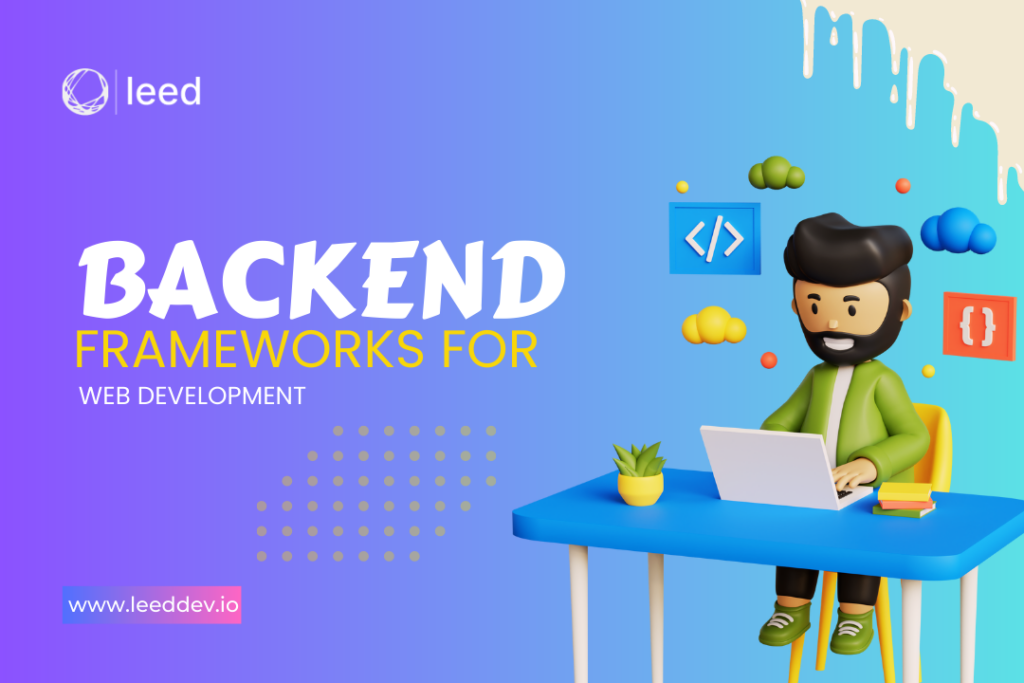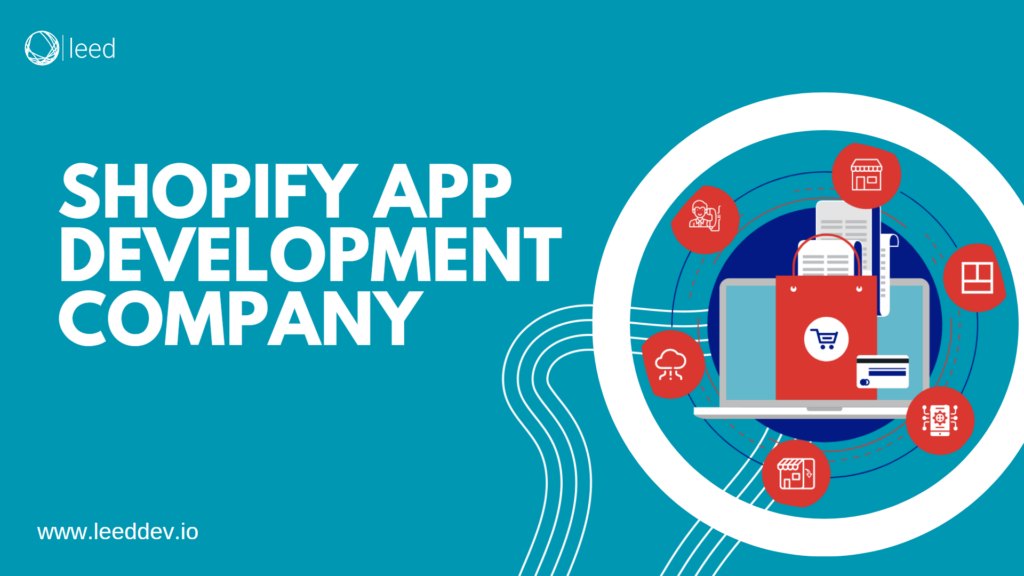Hello everyone! Looking for the most popular backend frameworks for web development? Well then you are at the right place. You will find the most popular backend languages of 2025 to learn in this article. I’m going to share the top backend frameworks that will help you to create web applications you desire.
Simplify your development journey with backend frameworks for web development. These popular backend frameworks will pave the way for faster, smarter, and more scalable web solutions. You can revolutionize your backend web development game with these popular website frameworks. These most popular web frameworks are designed to meet the needs and requirements of users. The web development backend frameworks provide APIs and comprehensive documentation for a developer’s ease.
What Is A Framework In Coding?
A framework is a collection of tools that programmers and developers use to build software and web apps. It provides a solid base and structure for creating reliable applications. By using backend frameworks for web development, programmers can work more efficiently and effectively. It’s like having a strong foundation to build a house on, but in this case, it’s for developing software applications.
What Is The Backend Of A Website?
The backend of a website is the portion that can’t be seen by the user. However this portion is essential for the website to function properly. The backend stores and organizes the data and ensures that the client side is working properly. Backend communicates with the front end so that information can be displayed properly on the web page.
What Is Backend Framework?
Backend frameworks for web development are tools or libraries used in web development to handle the behind-the-scenes part of applications. These are server side frameworks that can make the job easy for developers. With the help of the best web development frameworks developers can save their time and effort. Django, Laravel, ExpressJS are some of the popular backend frameworks. Further best backend frameworks will be discussed later in detail.
Backend framework development takes care of tasks like managing data, handling user accounts, and making sure the website or app works smoothly. In web development, basically there are two parts:
- Front End- The front end focuses on the graphical user interface of the website.
- Back End- The back end deals with the server side of the app that can’t be accessed by users.
In this article we will discuss on website backend and back end frameworks. So first of all let’s discuss what is a back end developer
Back End Developer
A back end web developer is a type of software developer who specializes in working on the server-side of web applications or software systems. The goal of a backend developer is to build codes through which the database and an application can communicate with each other. Backend end developers are responsible for building and maintaining the behind-the-scenes functionality that makes an application work. They use different backend frameworks for web development
A backend developer handles:
- Data Management
- Server-side Programming
- Restful API Development
- Business Logic
- System Integration
- Authentication and Security
- Performance Optimization
- Bug Fixing and Maintenance
Why Use A Backend Framework?
Some of the benefits for using backend frameworks for web development are as follows:
- Backend frameworks for development come with pre-built tools and libraries that make development easier.
- Using the most popular web framework ensures that developers follow a standardized approach to coding.
- Frameworks often have built-in security features, reducing the risk of vulnerabilities in the application.
- By using these most used backend frameworks developers can save a lot of time. Since they don’t have to start everything from scratch.
- Web backend development frameworks are designed to handle growth and increased traffic. This makes it easier to scale the application as needed.
- Using backend frameworks for web development speeds up the development process, allowing for quicker delivery of the final product.
How to Host and Deploy Backend frameworks ?
Now let’s talk about deploying and hosting backend frameworks for web development. For this purpose a host provider is required. Although there are a lot of hosts available, choosing the right one can be difficult. But let’s discuss it.
- If your work is regarding infrastructure then it’s better if you choose AWS, DigitalOcean, or GCP. Different services and tools are available to facilitate the management and scalability of your backend infrastructure. But the issue that may occur is that this is complex
- However if you want a more straight forward approach then it’s better if you choose Platform-as-a-Service (PaaS) providers like Heroku or Back4app.
Top Backend Frameworks For Web Development
In the above discussion we have discussed what a backend framework is. Now let’s discuss some top and best frameworks for web development.
Django
Django is an open source web framework that is written in Python. Its one of the best backend frameworks for web development that follows a model-view-controller (MVC) architectural pattern. Django offers a smooth way to connect with databases through its ORM system. Plus, managing your app also becomes easy with its user-friendly admin interface. The framework was basically created in 2005 and since then it has become one of the most widely used frameworks for python. Not to mention, it supports creating URLs effortlessly, making it the top choice for crafting dynamic websites. So, embrace Django and bring your web development game to the next level!
Advantages Of Django
Following are some of the advantages of Django, one of the backend frameworks for web development:
- The framework is easy to learn and requires less code to build web applications as compared to other frameworks.
- Principle followed in Django is DRY that stands for Don’t Repeat Yourself. It allows the developers to write the code once and then use it multiple times.
- Consists of features like ORM that makes database management easy.
- Has a very large and active community that contributes to the documentation process and bug fixing.
Limitations
One of the secure back end technologies, Django, also has some limitations which are as follows:
- May not be best for building highly customized web apps.
- Learning curve can be issue for the beginners
- The popular backend frameworks for web development is comparatively slow as compared to other frameworks
ExpressJS
Now let’s discuss ExpressJS, one of the most favored backend frameworks for web development. ExpressJS features include web and mobile application development as well as fast, lightweight development framework that simplifies server-side web apps development. For request handling and responses ExpressJS uses different routing mechanisms, and numerous HTTP utility methods. Developers can use third party libraries and packages that serve as plugins. In this way it’s easy to organize codes in a modular way.
Advantages Of ExpressJS
The advantages of one of the most popular web development framework are as follows:
- ExpressJS, a backend framework, is a popular framework of Node.js. This means good community support is available. Along with this it’s easy to find help online.
- Its flexibility allows developers to craft clean and efficient code effortlessly.
- The midd;e ware support allows the developers to integrate with other third party libraries.
- Express.js provides an effortless solution for managing requests and responses, to and from servers using Restful API.
Limitations
The limitations of ExpressJS are as follows:
- Even though this framework is the premier web framework, its primary use lies on the backend.
- Does not facilitate building client side components therefore security concerns such as cross-site scripting (XSS) and injection attacks must also be considered by developers when using it.
- Developers should have a thorough knowledge of Node.js.
- With no inbuilt ORM feature available third-party libraries must be used to manage databases.
SpringBoot
Spring Boot is an open-source Java-based framework used for building and deploying standalone applications. It is built on the popular spring framework. It aims to simplify the development process by providing a ready-to-use setup with default configurations and settings. The framework is built on the principles of convention over configuration. In this way developers can focus on writing business logic.
Advantages Of SpringBoot
The advantages of Springboot, one of the mostly used backend frameworks for web development are as follows:
- SpringBoot has an auto-configuration feature that saves developers time by setting up necessary dependencies automatically.
- Provides default settings and rules, which means developers have to make fewer decisions when building applications.
- Embedded servers make deployment simple by letting developers package applications as executable JAR or WAR files.
- Provides many functionalities like transaction management, configuration management, caching, monitoring etc.
- Easy to connect with other popular libraries and frameworks like Hibernate, Kafka, and Spring Data.
Limitations
The limitations of SpringBoot are as follows:
- It is built on spring framework that can provide complexity to developers who are new to Spring.
- Spring Boot applications tend to use more memory because of embedded servers as compared to simpler frameworks.
- The framework also limits flexibility in terms of designing options.
- Some third party libraries or frameworks may not integrate easily with Spring Boot.
Laravel
Laravel is an open source PHP framework specifically created for building web applications. Based on Symfony framework, Laravel is easy-to-use framework ideal for beginners. Additionally, this top backend framework for web development features an MIT license as well. The Github source code availability provides easy development of apps using APIs and user friendly tools. Laravel provides excellent API support. Its ability to work with various types of databases is the standout features. Laravel tools are designed specifically to manage and deploy applications more quickly and efficiently than its rivals in web development. This gives newcomers an edge when starting out on building web apps using Laravel.
Advantages Of Laravel
The advantages of Laravel are as follows:
- It’s an open source backend framework that provides modular architecture for the purpose of building scalable applications.
- The backend framework provides a built-in command-line interface as it as Artisan.
- Provides database management tools along with ORM systems.
- It also supports unit testing making it easier for the developers to write and run tests to ensure the application’s stability and reliability.
Limitations
The limitations of one of the backend frameworks for web development are as follows:
- The Larval has a learning curve for beginners, especially for developers who are new to PHP or MVC frameworks.
- Provides limited built-in support in comparison to competitors.
- Requires third party tools in many situations.
- When integrating new updates developers have to take precautions. The updates can be risky which may lead to compatibility issues.
Ruby on Rails
Ruby on Rails (Rails), one of the free backend frameworks for web development, was designed by David Heinemeier Hansson in 2004. It is one of several free backend frameworks available for web development. Written in Ruby programming language, it follows Model View Controller design to keep website application development organized and clear. It was first made public for use on October 4, 2004. Rails provides developers with powerful tools that allow them to develop modern apps easily that meet user needs. Its release in 2004 signaled their widespread popularity among developers worldwide. Following its MVC design principles it helps maintain clarity while developing web app projects using Rails frameworks.
Advantages Of Ruby on Rails
Following are some of the advantages of best web framework, Ruby on Rails:
- Consists of a variety of tools due to which it’s efficient to build web applications.
- Rails is great for agile development methods because it has a flexible structure and makes it easy to change how it works when necessary.
- The framework is scalable due to which it’s easy to add new functionalities. It’s also easy to modify and make changes as required.
- Ruby on Rails consists of a large and active community. The framework has many resources and tools available that can help developers learn and troubleshoot.
Limitations
Following are some of the limitations of popular backend framework, Ruby on Rails:
- Not be the best choice for high-traffic or resource-intensive websites as it can be slower compared to other frameworks.
- Although it’s a rapid web application development framework it is slower in terms of performance from other competitors.
- Has a steep learning curve for those who are unfamiliar with the Ruby language
- Might face difficulties scaling up for extremely large and complex projects.
- The sudden updates can be an issue with other parts of the backend framework
Conclusion
To conclude, backend frameworks for web development play a crucial role in the web development process. They provide the foundation and structure for building efficient, secure web applications. Well then you are now one step away from unlocking the full potential of your upcoming software project! Let me give you a short overview of the backend frameworks again.
Django is a free and open source web framework built using Python. Django follows a simple pattern called model-view-controller (MVC) to organize the different parts of the code.
Express.js is a versatile framework for web and mobile apps. It’s known for being fast, lightweight, making it easy to build server-side web apps without much hassle.
Laravel is another open-source PHP framework that can help build web applications easily. The framework is also equipped with MIT licrense.
Spring Boot is a free Java-based framework used to create and launch applications that can work on their own. It’s built on the well-known spring framework.
Ruby on Rails, is a web development platform written in the Ruby programming language. It provides powerful tools that enable developers to build modern and scalable applications easily.
When selecting the best framework for web development, remember to consider the advantages and limitations as well. Although choosing the right framework depends on the complexity of your project. But you need to consider every feature as well. Hopefully, the above mentioned programming frameworks list will help you. And for further help Leed Software Development is at your service.




